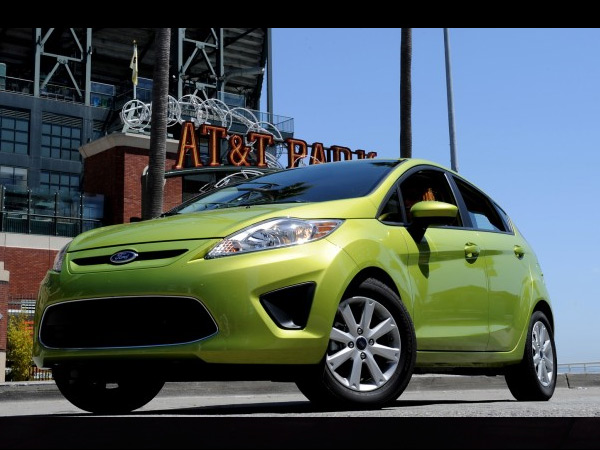01 July 2011 - The automotive industry is quickly embracing turbocharging technology for gasoline engines which was once relegated to sports cars and luxury vehicles in an effort to improve fuel efficiency. Now vehicles ranging from "lowly" Chevrolet Cruze compact sedans to Ford F-150s (as witnessed by our article earlier today) are jumping on the bandwagon.
A little over a year ago, Ford debuted its Start concept car which featured a brand new three-cylinder EcoBoost engine. While the vehicle is (and likely will remain) a concept, the engine has now been approved for production.
The tiny 1.0-liter three-cylinder engine is turbocharged (obviously) and features an offset crankshaft to help improve fuel economy. It also features a split cooling system to warm up the cylinder block before the cylinder heads. In addition, other EcoBoost staples like direct injection and twin independent variable camshaft timing are included. The engine also weighs less than the current 1.6-liter four-cylinder engine used in the Fiesta.
All of this technology means that the tiny 1.0-liter engine puts out the same or better power as a normally aspirated 1.6-liter engine while achieving “much higher fuel economy and lower emissions”.
“No one’s ever built a three-cylinder engine quite like this," said Joe Bakaj, Ford VP of Global Powertrain Engineering
“Consumers are telling us they want to buy affordable vehicles that get many more miles per gallon,” said Kuzak. “Our new 1.0-liter EcoBoost engine will give consumers looking for hybrid-like fuel economy a new, more affordable choice.”
Ford isn't ready to provide EPA numbers for the 1.0-liter EcoBoost just yet, but the company said that it will get much better fuel economy than the already good 30 mpg city/40 mpg highway rating of the Fiesta with the 1.6-liter four-cylinder engine.


